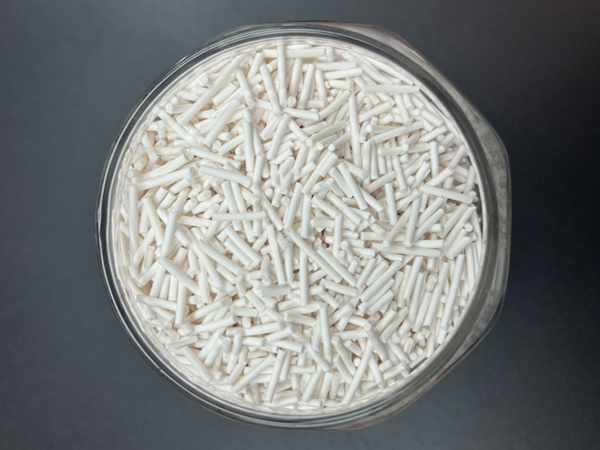
1、Overview
2、Complete technology for ethanol dehydration to produce ethylene
We have developed a complete set of process technologies with the core of tubular isothermal bed and multi-stage adiabatic fixed bed, using independently developed JT-II and SETO-1 adiabatic catalysts with international advanced level, including the following four items: ① Fixed bed reaction process technology; ② Reaction gas washing technology; ③ Low temperature ethylene separation technology; ④ Full process simulation technology. Its technical features are as follows:
(1) Good process flexibility: Enterprises can adopt the isothermal bed process or adiabatic bed process according to their scale and needs, and can choose the appropriate product refining process according to the requirements of product quality;
(2) Green and low-carbon: Bioethanol can be used as a raw material to achieve renewable utilization of resources;
(3) Energy saving optimization: Considered the heat recovery and utilization of reaction products to reduce device energy consumption;
(4) High product quality: The product has a high concentration of ethylene, which can be refined to obtain polymer grade ethylene.
3、Ethanol dehydration to ethylene series catalyst
The main promoted grades of catalysts for ethanol dehydration to ethylene currently include JT-II isothermal catalyst and SETO-1 adiabatic catalyst. The main product features are as follows:
(1) Strong adaptability of raw materials: Catalysts can adapt to different concentrations of ethanol;
(2) High activity: The catalyst has a lower reaction temperature than similar catalysts;
(3) High selectivity: The ethylene concentration in the dehydrated water product of the catalyst reaches 99.7%;
(4) High stability: The lifespan of the JT-II catalyst can reach 18 months, and the lifespan of the SETO catalyst can reach 24 months, maintaining reaction performance during operation;
(5) Environmentally friendly: The catalyst has no harmful or corrosive components, and does not pollute the environment.
4、Promote application